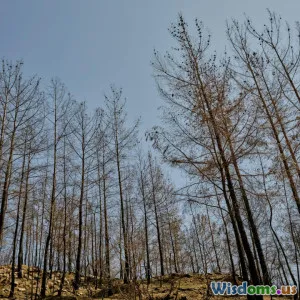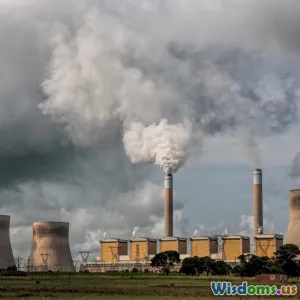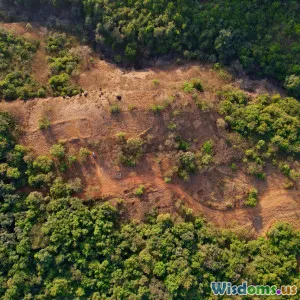
From Logging to Livestock The Real Drivers of Amazon Destruction
15 min read Explore the key forces fueling Amazon rainforest destruction, with a focus on logging and livestock industries. (0 Reviews)
From Logging to Livestock: The Real Drivers of Amazon Destruction
For decades, the dense and spectacular rainforest known as the Amazon has captured the world's imagination. Often described as the planet’s lungs, the Amazon spans over 5.5 million square kilometers and hosts an unparalleled diversity of flora and fauna. But beneath the emerald canopy, forces—both old and new—threaten its existence. If you imagine a lone logger with a saw, think again. Today, the destruction of the Amazon involves powerful machinery, multinational corporations, illegal enterprises, and global consumers. So what, exactly, is driving the devastation of the world's largest tropical rainforest?
Not Just Logging—The Hidden Scale of Amazon Loss
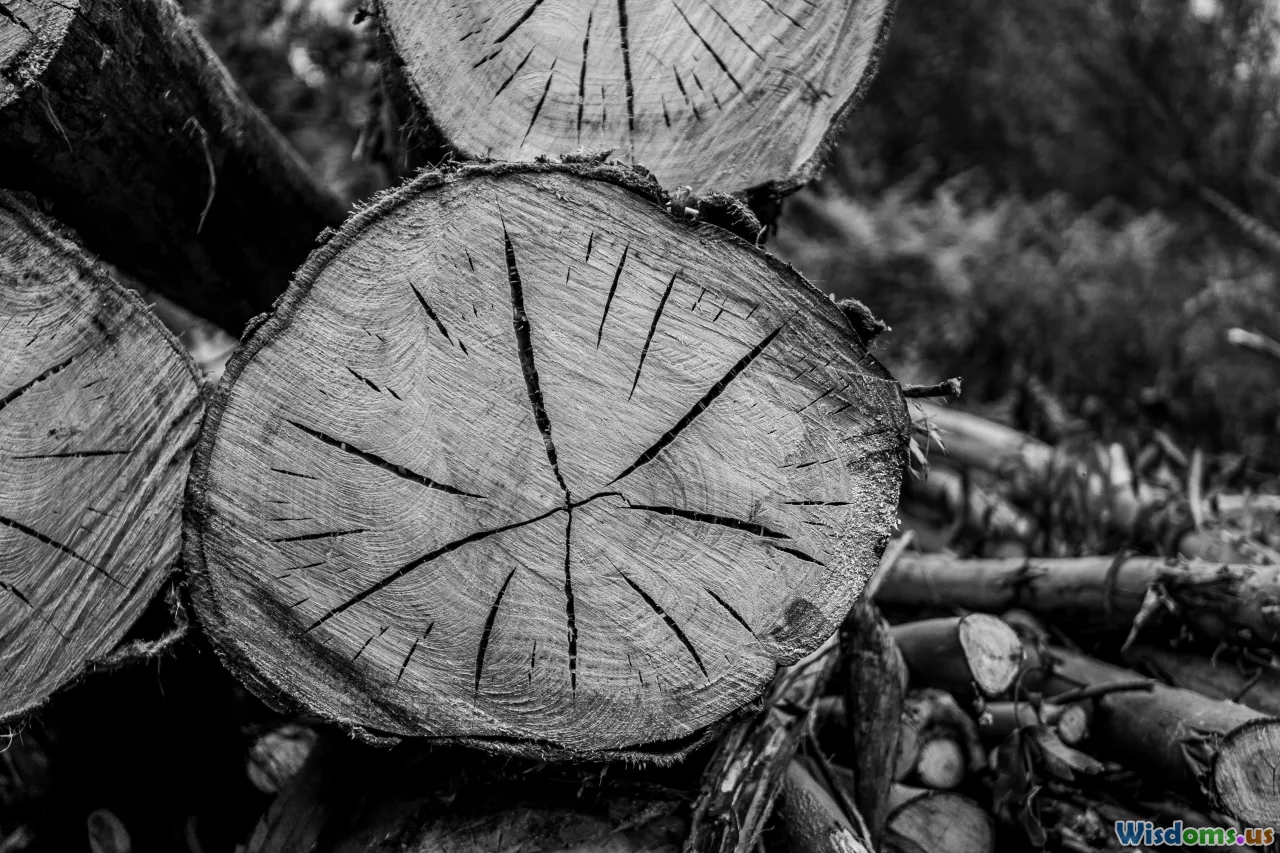
Logging has long been villainized—and certainly plays a role—but the full picture reveals a more intricate puzzle. While illegal and legal logging do extract precious hardwoods such as mahogany and ipe, accounting for thousands of hectares lost each year, studies show this is only a fraction of the problem.
A 2022 report from the World Resources Institute using satellite data found that over 80% of deforested Amazon land is ultimately used for non-forest purposes. Selective logging, ironically, can sometimes mask the larger scope of destruction. Logging roads often act as gateways, opening previously inaccessible forests to further encroachment.
Consider the infamous "fishbone" pattern seen in aerial images—a patchwork of clearings emanating off narrow roads. From 2001 to 2020, Brazil, which holds 60% of the Amazon, accounted for the loss of nearly 30 million hectares of primary forest, but less than a fifth of that was from legal or illegal logging operations alone. The rest? Other economic drivers that penetrate far deeper than the tip of a chainsaw blade.
Clear-cutting for Cattle: Ranching Dominates

By far, the single biggest direct contributor to Amazon deforestation is cattle ranching. According to Brazil’s National Institute for Space Research (INPE), over 60% of cleared forest land is converted into pastures for beef production. This staggering proportion has been consistent for the past two decades.
But why cattle? In rural Amazonian economies, establishing pastures is a low-cost, low-input way to claim land and generate quick profits. Grass requires little maintenance, and livestock can be raised without sophisticated infrastructure. But the consequences are enormous:
- Greenhouse gas emissions: Cattle release methane—a potent greenhouse gas—and their presence on recently cleared lands leads to soil erosion and a decline in local biodiversity.
- Informal land markets: Often, land thieves (known as grileiros) clear forest illegally, set up makeshift pastures with cattle, and wait for government amnesties or legal loopholes to legitimize their holdings.
This cycle is buoyed by both local consumption and heavy international demand for beef. Brazil is currently the world's largest beef exporter, shipping to markets in China, the EU, and beyond. In 2022 alone, Brazilian beef exports surpassed 2.5 million metric tons, much of it indirectly linked to recently cleared Amazon tracts.
Case in Point: The Pará Paradox
Pará state, a vast Amazonian region, tells the story in stark figures. Between 2001 and 2020, it lost over 8 million hectares of primary forest—a landmass nearly the size of Austria. Investigations found much of this was tied to cattle operations, some directly supplying global food giants. Efforts to track beef supply chains through satellite traceability are ongoing, but the scale of the challenge remains immense.
Industrial Agriculture: Soy and Beyond

After cattle, industrial agriculture—primarily soy cultivation—has rapidly ascended as a deforestation driver. The post-2000 global boom in soy prices fueled waves of Amazon conversion, particularly in the southern regions.
Brazil has become the world's leading exporter of soybeans. Unlike cattle, which dominate the central and western Amazon, soy plantations are concentrated in states like Mato Grosso and Rondônia. By 2019, soy occupied over 36 million hectares in Brazil, spilling over the edges of the Amazon biome.
Key insights:
- Indirect pressure: While the "Soy Moratorium"—a 2006 agreement limiting purchases from recently cleared lands—curbed direct deforestation, rapid expansion often leapfrogs into adjoining savannas or pushes cattle ranchers further north, prompting new cycles of forest loss.
- Global supply chains: Much of Amazonian soy is not for direct human consumption but is processed into animal feed for poultry, pork, and dairy, serving Europe, China, and the US.
- Technological intensification: While some argue precision agriculture offers hope for sparing forests, market pressure continues to incentivize expansion over intensification—especially where enforcement is weak or land tenure is uncertain.
Mining, Roads, and Infrastructure: The Unseen Catalysts
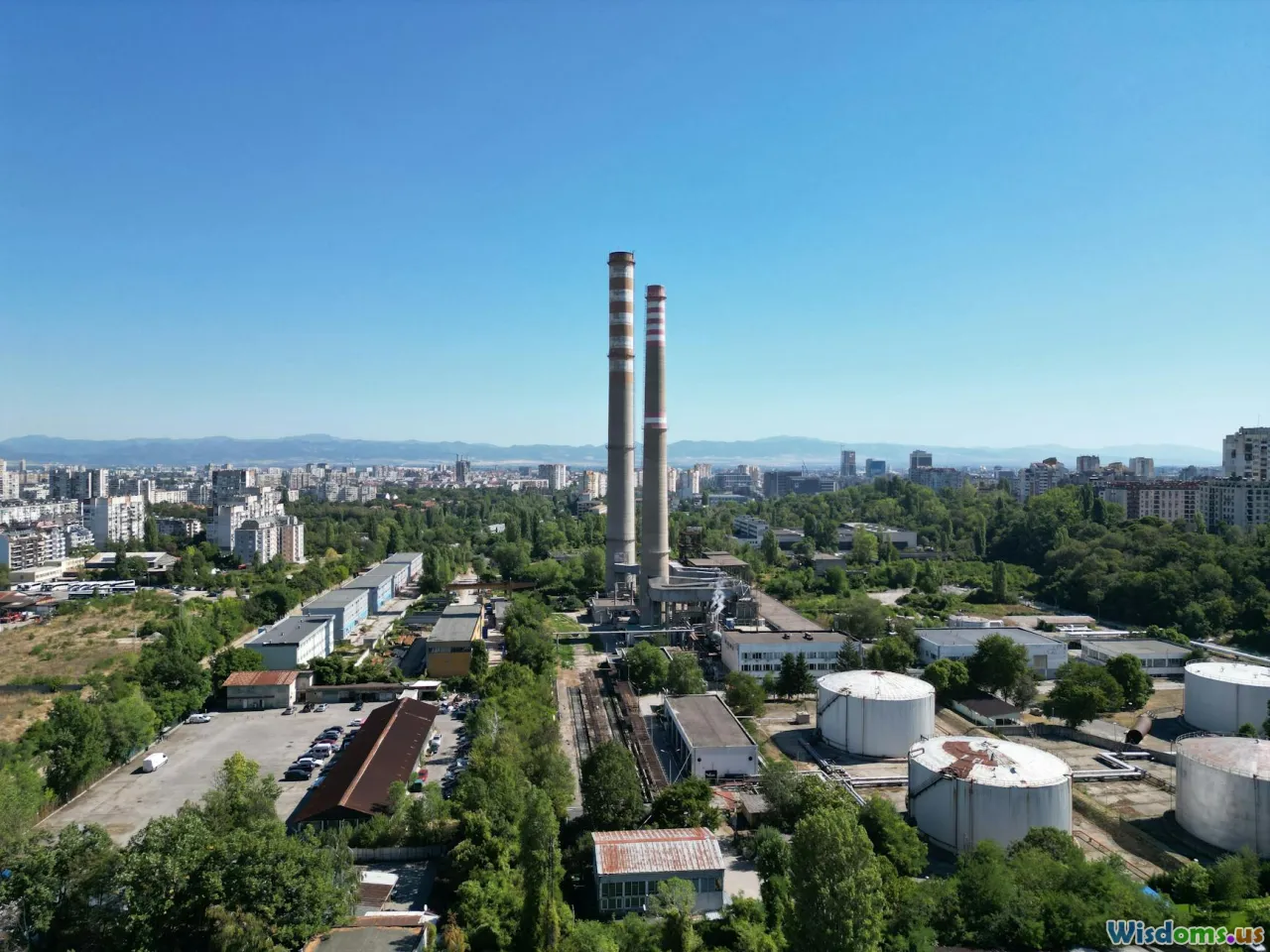
Beyond land-based agriculture, other sectors pose grave, if less direct, threats to forest stability.
-
Mining: The Amazon is rich in gold, bauxite, and iron ore—tempting for legal and illegal miners alike. According to Greenpeace, illegal gold mining destroyed over 30,000 hectares of forest in 2021 across Brazil and Peru, with massive impacts on rivers and Indigenous communities.
-
Road-building: The Trans-Amazonian Highway and its network of spurs act as vectors for settlement, agriculture, and illegal clearance. Studies show the mere presence of a road can double or triple deforestation risks in adjacent zones.
-
Hydroelectric dams and ports: Infrastructure projects facilitated by national and international investments fragment habitats and trigger forest drownings. The Belo Monte Dam alone flooded over 400 square kilometers, submerging invaluable rainforests.
The connective tissues of roads and rivers facilitate more than just transport—they usher in large-scale economic transformations that make deforestation easier, cheaper, and more profitable for outsiders.
Fire — Intentional and Accidental

Fire is not a natural player in the Amazon’s wet evergreen forests. Yet, in modern times, it is employed as a main tool for clearing and maintaining pastures or agricultural plots. In 2019, shocking images of billowing smoke made global headlines: satellites recorded over 80,000 fires in Brazil’s Amazon that year alone.
- Starting the cycle: After trees are felled, burning quickly removes debris and unlocks soil nutrients. Farmers often repeat burn cycles to prevent forest regrowth on pastures or cropland.
- Escaping control: Unlike in managed savannas, Amazonian ecosystems are not fire-adapted. Escaped fires, worsened by historic droughts, scorch remaining forest edges and degrade ecosystems, even when not initially intended for complete clearance.
A Harvard study estimates that smoke from Amazon burns causes thousands of premature deaths annually, particularly among children and the elderly in downwind cities.
Indigenous Lands: The Embattled Frontlines of Conservation
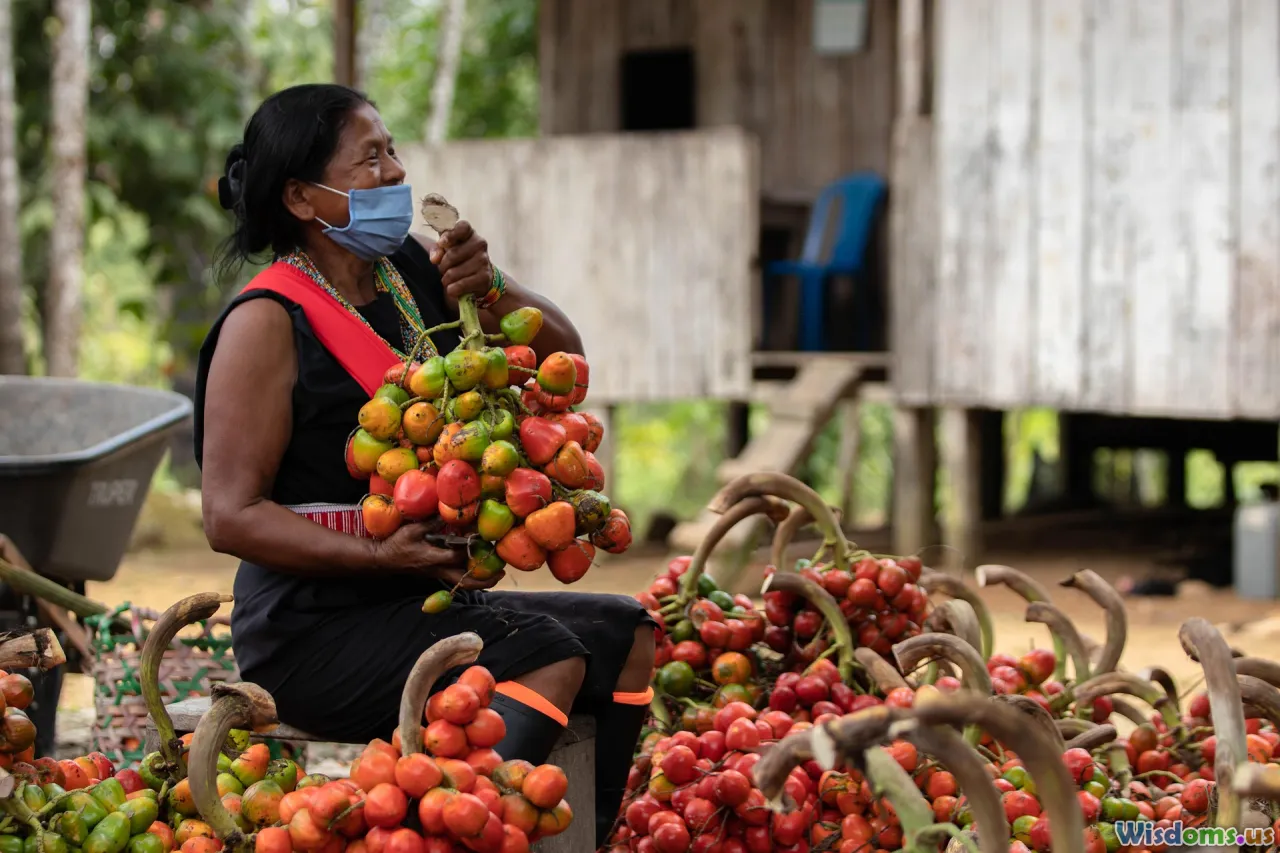
The fate of the Amazon is closely tied to its Indigenous peoples. Numerous studies confirm: deforestation rates on Indigenous-managed lands are a fraction of those on unprotected or privately held areas. These communities blend traditional management with contemporary advocacy, defending their homes from encroachment.
Examples:
- The Kayapo in Pará state patrol vast territories with help from NGOs and drones, deterring illegal loggers and miners.
- Imported legal mechanisms, such as collective land titling and constitutional protections, have slowed destruction in lands like the Surui Indigenous Territory.
Yet, these victories face relentless attacks. Political and financial pressures—including attempts to open protected lands for mining concessions—threaten hard-won sovereignty. Invasions by land grabbers and violent confrontations have become more frequent in recent years.
Policy Solutions: Past Failures and Future Potential

Taming Amazon destruction demands coordinated political will—a challenge not lost on policymakers, scientists, and activists alike.
A Brief History of Policy Shifts
- 1990s-2000s crackdown: The Brazilian government, spurred by global concerns and domestic activism, created the Amazon Fund (backed by Norway and Germany), expanded protected areas, and boosted satellite monitoring. Within a decade, annual deforestation fell from nearly 28,000 km² (2004) to less than 5,000 km² by 2012.
- Rollbacks and resurgence: Since 2015, political shifts, underfunded agencies, and emboldened illegal operations have reversed some gains. By 2022, annual loss figures surged again, with clearing rates jumping over 13,000 km² in some years.
Promising Innovations
- Zero-deforestation supply chains: Commitments by corporations aid in tracing beef and soy origins, reducing illegal sourcing. However, enforcement gaps remain, especially with complex indirect suppliers.
- Agroforestry and regeneration: Innovative land uses mix crops, forest, and pasture, providing income without clear-cutting. Brazil’s "Saf Dourada" pilot projects blend coffee, fruit trees, and native species as promising models.
- Payments for ecosystem services: Schemes that compensate local stewards for sequestering carbon or preserving habitats harness both local and international support.
Global Complicity: Beyond the Amazon’s Borders
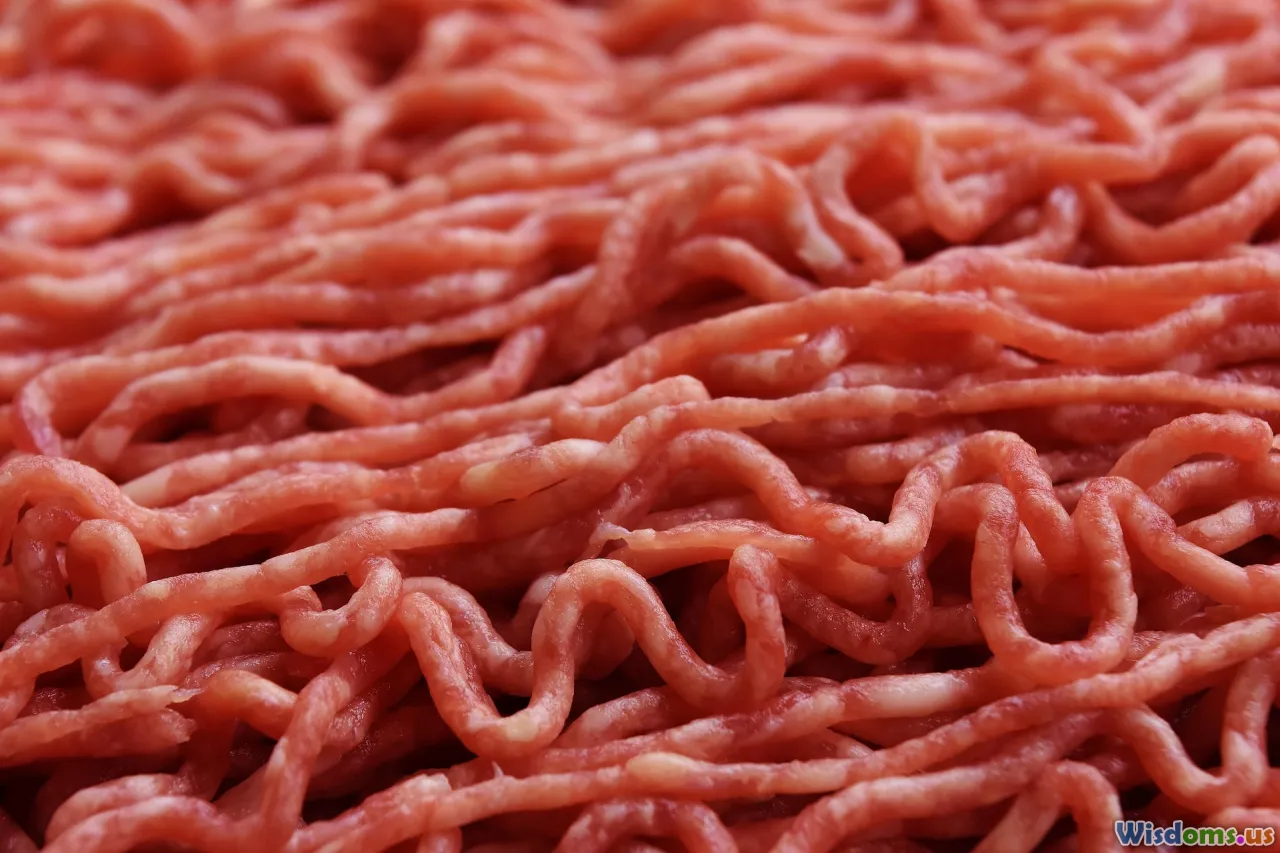
Your decisions in the supermarket or clothing store may feel far removed from South America, but the Amazon’s fate is tied to global demand. Consumers, governments, and investors around the world play a role:
- Dietary trends: The surge in beef and soy consumption, especially in China, the US, and Europe, maintains pressure on Amazonian landscapes.
- Financial investments: Banks and pension funds flow billions into commodities traders and agribusiness giants with murky links to deforestation. Cleaner finance and divestment campaigns, such as the Rainforest Action Network's work with major US banks, make headlines but require ongoing vigilance.
- Import restrictions: The EU’s "Deforestation-Free Products" regulation (set for 2024) aims to block imports tied to cleared forests, but complex supply chains and political pushback mean real impacts depend on consistent enforcement.
Charting a New Path: Rethinking Value in the Amazon

The story of Amazon destruction is not a tale penned by distant actors alone. It is the cumulative consequence of political calculations, market incentives, social inequalities, and underappreciated ecological costs. Yet, it remains a story open to new endings.
- Support local producers: Seek out products certified as responsible—look for independent verification from entities like the Rainforest Alliance or FSC.
- Educate yourself and advocate: Awareness of commodity supply chains, investments, and the importance of Indigenous interests can influence institutional policies.
- Rethink profit and preservation: Policies and practices that reward forest maintenance or boost the value of standing trees—such as eco-tourism or non-timber forest products—hold promise to make forests more valuable standing than felled.
Ultimately, preserving the Amazon must mean crafting economies that regenerate rather than erase. As stewards of a shared atmosphere and global biodiversity, the real question is not just what drives destruction—but what vision propels us to act differently, together.
Rate the Post
User Reviews
Popular Posts










